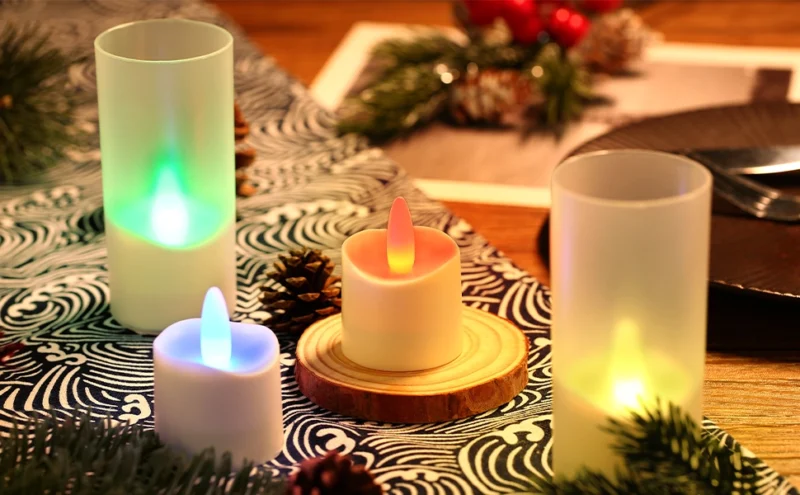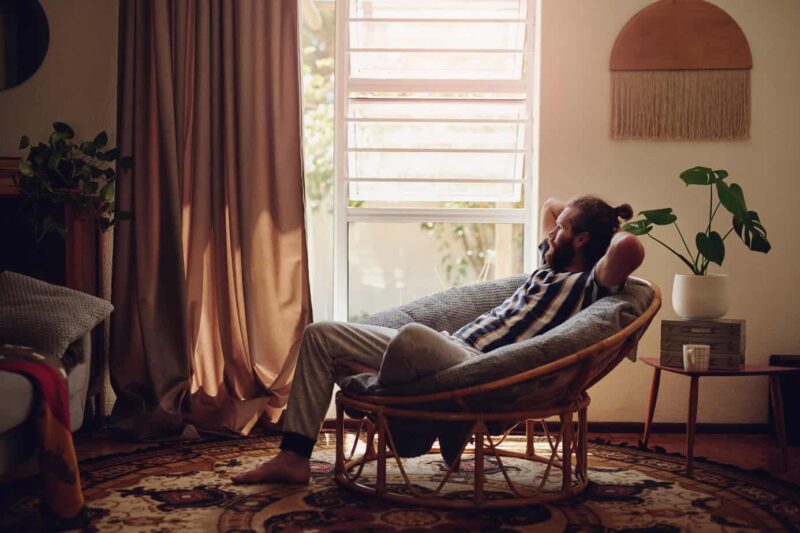Creating a therapy space in your own home isn’t just about design — it’s about crafting a supportive environment where healing, reflection, and emotional safety can thrive. Whether you’re a therapist conducting virtual sessions or someone needing a private corner to decompress and work through emotions, the way your space feels can make all the difference.
Key Highlights
- Your therapy environment influences emotional safety and focus.
- Natural light and warm, quiet tones support mental clarity.
- Soundproofing is essential for both privacy and concentration.
- Simplicity and minimalism help reduce visual and emotional clutter.
- The right rituals create boundaries when home is also your workplace.
- A calm space encourages openness, especially in online therapy
Why Physical Space Affects Emotional Space

Have you ever noticed how hard it is to relax in a cluttered or loud room? Or how quickly you can open up in a space that feels safe and soothing?
There’s a good reason for that. Our nervous systems respond to our surroundings constantly — even before we’re conscious of it. In therapeutic work, especially with emotionally sensitive or vulnerable clients, your physical environment is the first form of communication. It either invites presence or triggers guardedness.
Designing your space with intention fosters:
- A calmer baseline for both you and your clients
- More effective focus during emotionally intense conversations
- A boundary between professional and personal roles (especially at home)
The space itself becomes part of the therapy — not in words, but in tone, comfort, and quiet reinforcement.
Choosing the Right Location for Your Therapy Area
Let’s begin with where to place your therapy space. Ideally, it should be in a low-traffic, quiet area of your home. Think about privacy not only in terms of sound but also in how emotionally “tucked away” it feels. A home office or spare bedroom is great, but even a corner of your living room can work if set up thoughtfully.
What to prioritize when picking your location:
- Privacy: Can you close the door? Will others respect your sessions?
- Noise control: Avoid rooms next to kitchens, bathrooms, or street-facing walls.
- Natural light: Spaces with windows feel more open and emotionally breathable.
And if you’re working with men or clients who are new to therapy, privacy becomes even more essential. Emotional openness often starts with the sense that no one else can hear, interrupt, or judge.
This is particularly relevant when offering men’s therapy. A quiet, confidential space on both ends can transform how safe a client feels sharing for the first time.
Lighting Is Not Just Decoration — It’s Emotional Architecture

Lighting is one of the easiest but most underrated ways to influence emotional tone. Harsh overhead lights can create a sterile or anxious atmosphere, while dim, warm-toned lighting instantly feels calming.
If you’re working during daylight hours, try to position your desk or therapy chair near a window with indirect light. For evening sessions or cloudy days, layer your lighting:
- A soft ambient light (floor lamp or ceiling fixture)
- A focused task light (like a small table lamp)
- Optional accent lighting (salt lamp or LED candle for warmth)
Avoid blue-white bulbs or harsh fluorescents. They might help you stay awake but they rarely support emotional depth or calm reflection. Bonus: a dimmable lamp lets you shift the mood based on client needs.
Keep It Simple: Minimalism Supports the Mind
A cluttered space can unintentionally trigger feelings of overwhelm or mental chaos — the exact opposite of what a therapy session aims to achieve. Whether you’re furnishing a full home office or a therapy nook, less truly is more.
Stick to a few quality pieces:
- Comfortable, supportive seating for you and your client (if in person)
- A side table for a notebook, tissues, or drinks
- Closed storage (to hide clutter and avoid distractions)
- A small shelf for personal items or professional tools
Choose colors that are soft, warm, and neutral. Earth tones, dusty blues, sage greens, or soft grays are excellent options. Avoid bright reds or intense patterns that might over-stimulate.
What About Sound? Protecting the Therapeutic Bubble
Let’s talk about noise — it’s one of the biggest disruptors in online therapy or home-based work. A barking dog, children’s footsteps, or even the hum of an appliance can break focus and emotional flow.
Even if you can’t fully soundproof a space, there are clever ways to manage sound:
- Add thick rugs or carpet runners
- Hang fabric wall art or tapestries to absorb echoes
- Use bookshelves or room dividers as sound barriers
- Play white noise or soft ambient music outside the door
If you’re doing men’s therapy or trauma-informed work, you already know that silence and uninterrupted attention can be sacred. Even the smallest effort toward sound control sends a clear message: this space is protected, and your words are safe here.
The Boundary Between Therapy and “Home Life”

One of the most important — and most often overlooked — aspects of a home therapy space is role clarity. When your therapy chair is next to your laundry basket, or your desk serves as both your work station and family command center, emotional boundaries blur.
Here’s how to maintain professional boundaries without a full office:
- Create rituals to open and close the space each day (light a candle, play a sound, do a short breathwork practice).
- Keep client materials and work items in a single drawer or cabinet — and close it outside session hours.
- Never work where you sleep or relax. That’s a fast path to emotional burnout.
Even simple changes, like turning the chair to face a new direction when not in session, can help you mentally transition between roles.
Designing for Comfort and Connection — Not Performance
A therapy space doesn’t have to look like a luxury office to feel supportive. In fact, too much polish can backfire — especially for clients who may feel intimidated or disconnected in overly professional environments.
Instead, think welcoming and grounded. Add one or two personal touches:
- A calming landscape print
- A framed quote you love
- A low-maintenance houseplant like a peace lily or pothos
Make sure the camera angle (if virtual) is clean and uncluttered, but don’t feel pressure to hide personality. Let your space feel lived-in, but peaceful.
This Space Is Part of the Healing
When people seek therapy — especially from their homes — they’re often doing so during vulnerable moments. Your space becomes their container. Your lighting, your voice, the stillness in your corner of the home… these things matter.
Creating a calm and focused therapy space is not about perfection. It’s about intentionality. It’s about sending the message: you are safe here, you are heard, and this time is sacred.
And when you approach it with care — even if it’s just a small corner, a chair, and a lamp — you invite others into a deeper, more grounded version of themselves. That’s the real beauty of designing a space for healing.


